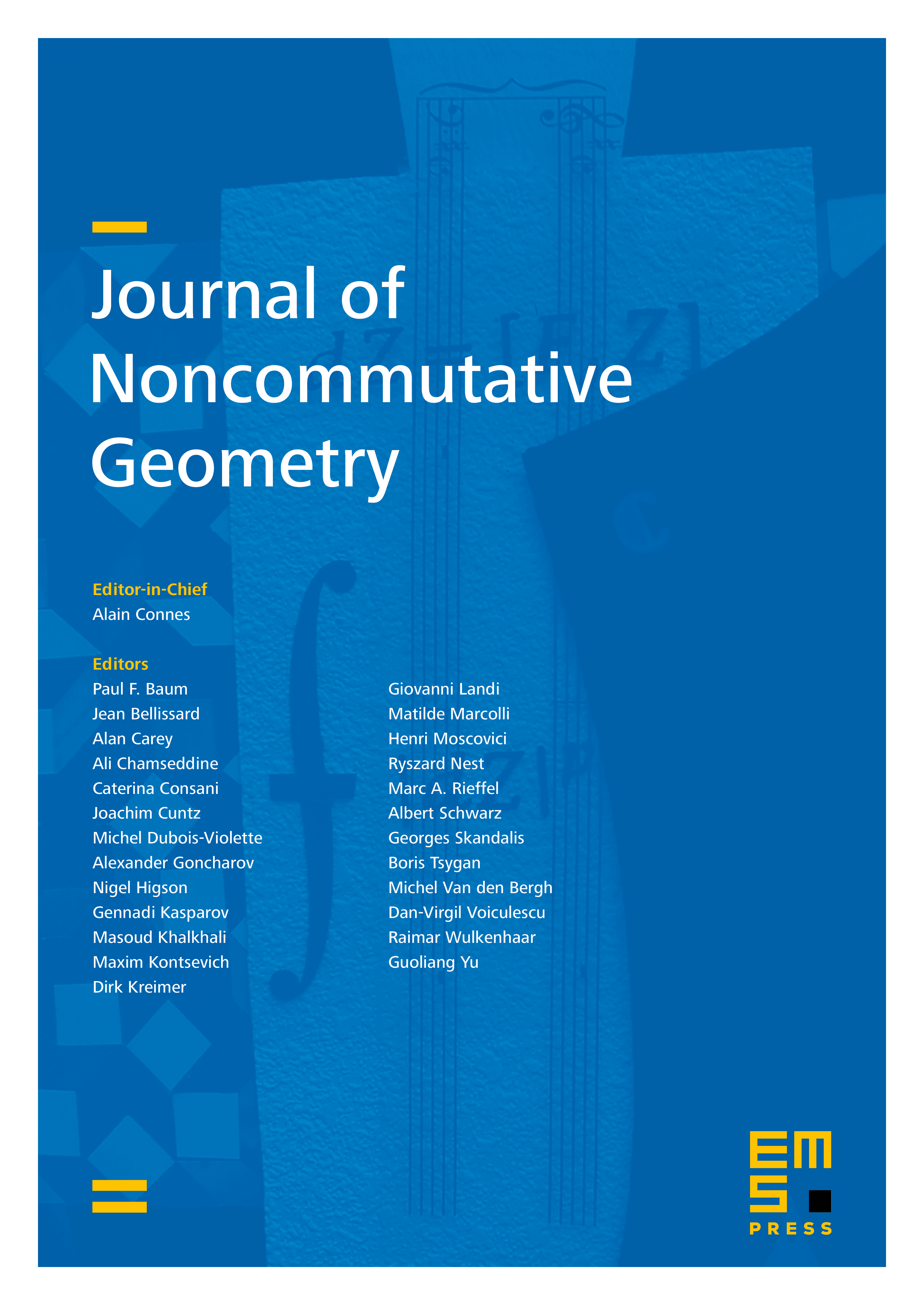Algebraic aspects of connections: From torsion, curvature, and post-Lie algebras to Gavrilov's double exponential and special polynomials
Mahdi Jasim Hasan Al-Kaabi
Mustansiriyah University, Baghdad, IraqKurusch Ebrahimi-Fard
Norwegian University of Science and Technology, Trondheim, NorwayDominique Manchon
CNRS–Université Clermont-Auvergne, Aubière Cedex, FranceHans Z. Munthe-Kaas
University of Bergen, Norway

Abstract
Understanding the algebraic structure underlying a manifold with a general affine connection is a natural problem. In this context, A. V. Gavrilov introduced the notion of framed Lie algebra, consisting of a Lie bracket (the usual Jacobi bracket of vector fields) and a magmatic product without any compatibility relations between them. In this work, we will show that an affine connection with curvature and torsion always gives rise to a post-Lie algebra as well as a -algebra. The notions of torsion and curvature together with Gavrilov's special polynomials and double exponential are revisited in this post-Lie algebraic framework. We unfold the relations among the post-Lie Magnus expansion, the Grossman–Larson product, and the -map, -map, and -map, three particular functions introduced by Gavrilov with the aim of understanding the geometric and algebraic properties of the double-exponential, which can be understood as a geometric variant of the Baker–Campbell–Hausdorff formula. We propose a partial answer to a conjecture by Gavrilov, by showing that a particular class of geometrically special polynomials is generated by torsion and curvature. This approach unlocks many possibilities for further research such as numerical integrators and rough paths on Riemannian manifolds.
Cite this article
Mahdi Jasim Hasan Al-Kaabi, Kurusch Ebrahimi-Fard, Dominique Manchon, Hans Z. Munthe-Kaas, Algebraic aspects of connections: From torsion, curvature, and post-Lie algebras to Gavrilov's double exponential and special polynomials. J. Noncommut. Geom. 19 (2025), no. 1, pp. 297–335
DOI 10.4171/JNCG/539